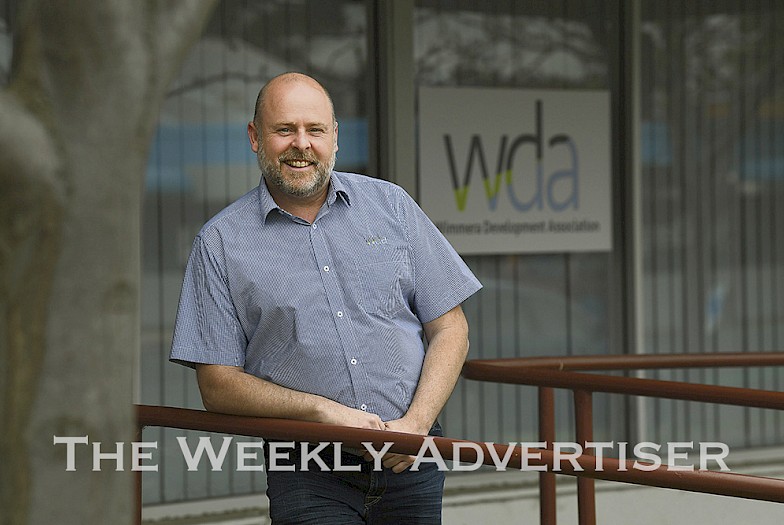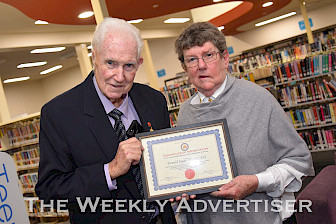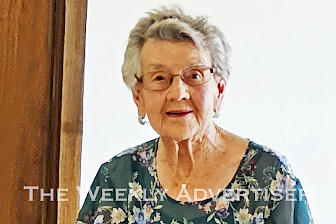Wimmera Development Association acting executive director Mark Fletcher said expanding the horizons of people moving or considering a shift was important for the regions and state to fully capitalise on the trend.
Data from Commonwealth Bank and Regional Australia Institute, RAI, has revealed a continued surge in the number of Australians moving from capital cities to regional centres.
But the national data from the partners’ Regional Movers Index shows areas located within a three-hour drive of capital cities are proving most popular.
Ararat and Stawell fall within a general three-hour travel zone from Melbourne but Horsham and much of the northwest Wimmera are outside the distance.
Mr Fletcher said the region offered plentiful employment opportunities within a range of industries and across the spectrum of experience levels.
He said Horsham, as the central point of the region and three-and-a-half hours from Melbourne, offered people a great rural lifestyle and a range of employment and leisure opportunities.
Mr Fletcher is heading up a study of available housing – and housing needs – across the region.
The study is in its second phase, which seeks to understand current staffing numbers, job availability and future job prospects across Horsham, Yarriambiack, Hindmarsh, Northern Grampians, Buloke and West Wimmera municipalities.
It will connect data to housing-stock demand and requirements.
“Some of our businesses are operating at a lower capacity because they haven’t been able to attract, or house, employees in the region,” Mr Fletcher said.
“The region does face challenges into the future in terms of its housing stock – which WDA’s study is aiming to document and work with relevant organisations to ease this pressure.
“But our current climate also poses an excellent opportunity for those seeking a tree change to move to the Wimmera and southern Mallee and enjoy the fantastic lifestyle it offers people and families.”
Mr Fletcher said the pandemic and subsequent lockdowns demonstrated people’s ability to work remotely and this opened doors for people to live in the region regardless of their workplace location.
Based on a June quarter Regional Movers Index, there was an 11 percent rise in the number of people moving from capital cities to regional areas compared with the June 2020 quarter.
Victorian-based areas enjoying the biggest spike in population growth included: Moorabool, 68 percent, Mansfield, 62, and Corangamite, 52.
Victoria’s Greater Geelong area – one hour outside of Melbourne’s CBD – also attracted an influx in capital-city movers, increasing 26 percent during the full year to June 2021.
Member for Lowan Emma Kealy said the State Government had to acknowledge and work to overcome constraints preventing people from pushing beyond the perceived three-hour zone.
“Regional growth areas must be seen as more than just Ballarat, Bendigo and Geelong and must include the outer reaches of the state,” she said.
“Horsham, for example, is already a well-
established regional centre. It has been for as long as anyone can remember. Yet it and outlying regional centres are rarely considered in the statewide scheme of things.”
Ms Kealy said for the state to capitalise on the trend of people looking beyond metropolitan or suburban life, regional areas and centres needed to retain and develop standalone health organisations that provided services comparable with Melbourne.
She said there also needed to be other guarantees such as appropriate levels of public transport and high-quality education and childcare services.
“All these aspects are easily achievable with the support of government. It’s a case not only of identifying and recognising this opportunity, but acting on it,” she said
“The government is under the microscope on how it responds to this population-shift trend and whether it has an honest handle on governing the state as a whole.”
Commonwealth Bank Regional and Agribusiness Banking general manager Grant Cairns said rising house prices in capital cities and with flexible work options becoming more common, making a lifestyle shift to regional areas was more realistic for many people.
“The experience of lockdowns is front of mind for Victorians, so the desire to seek a tree change is rapidly growing. It is positive to see the development of infrastructure – particularly in regional areas – is growing to meet the increased demand,” he said.
EDITORIAL: Making the most of population shift






